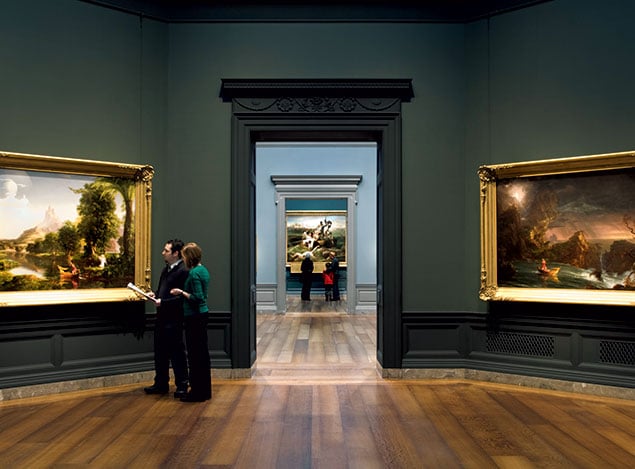Saturday mornings, I open my door and welcome a preteen neighbor with developmental disabilities who walks in and says: “Let’s make a recipe.” Nina and I make omelets, meatballs, muffins. Once a year, cupcakes for her birthday. On a recent morning, I proposed the next weekend’s activity: “We’ll make cupcakes. For my birthday.”
I had no plans—friends who usually cooked me a dinner would be away. I was suddenly afraid no one would step up to stanch my age-old celebration deprivation. When I was growing up, my mom always baked a cake, but my pastor father didn’t allow parties. I could attend them, but I couldn’t invite kids to watch me blow out candles. If we had two friends over, Dad reasoned, a third would take offense. But try explaining parsonage politics to an eight-year-old.
For years I couldn’t bring myself to ask for the attention. In my twenties, single and far from family, I’d invite a friend over for a casserole, not mentioning the occasion. In my thirties, I laid out an annual buffet and crammed a crowd into my apartment. After dark, I’d pull out a cake, hoping someone would strike a match and light a candle. No one ever did. Throughout my forties, I attended parties for a child born on the same day.
Over time, my issues slipped out in conversation. When I turned 50, friends overwhelmed me with two dinner parties and two candled cakes. The attention worked, and thereafter I felt content with a quiet dinner hosted by one friend or another.
Then this year, nothing on the agenda. I could stay home and hunker down. That’s okay if that’s what you want, a voice whispered. But what’s your real wish? A new question surfaced: If it’s all up to you but not all about you, what would you do?
I’d take Nina to the National Gallery of Art. Did she want to go? Yes, though I don’t think she knew what “museum” meant. Her mom gave permission. I asked an older friend along—a recent widow who doesn’t talk much about her grief.
In the West Building, we found Madonnas and the Three Kings. When we got to a Tintoretto, I said, “Look—Jesus and his disciples.” Christ at the Sea of Galilee. I fell into an old Sunday-school song, and Nina picked up on the tune: “Peter, James, and John went fishing . . . .” I pointed to a Renoir: “When I was your age, my family had a jigsaw puzzle of this, ‘A Girl With a Watering Can.’”
Mrs. Cook and I chuckled at Nina—behind every beard, she saw Abraham Lincoln, even in a van Gogh self-portrait.
I scouted out Thomas Cole’s landscape series, “The Voyage of Life.” In each scene—Childhood, Youth, Manhood, Old Age—we looked for the angel who watched over the person sailing down the River of Life.
At a fountain, I pulled out three pennies. When Nina looked puzzled, I explained, “You throw it in and make a wish.”
She tossed her coin. I went next, silently blessing my young friend. And Mrs. Cook? I saw a sadness. “I can’t think of anything,” she said. She clutched the penny till I challenged her: “It’s my birthday—wish me a good year.” Her smile returned: “I can do that.”
We left tired but exhilarated. “What was your favorite painting?” I asked.
“Peter, James, and John went fishing,” said Nina, thinking of adventure.
Thinking of comfort, Mrs. Cook remembered Cézanne flowers I hadn’t even seen.
“What about you, Evelyn?” she asked.
“‘The Voyage of Life,’” I answered, thinking of birthdays and new vistas of grace.
Evelyn Bence is author of the book “Room at My Table: Preparing Heart and Home for Christian Hospitality.
This article appears in the December 2014 issue of Washingtonian.


















